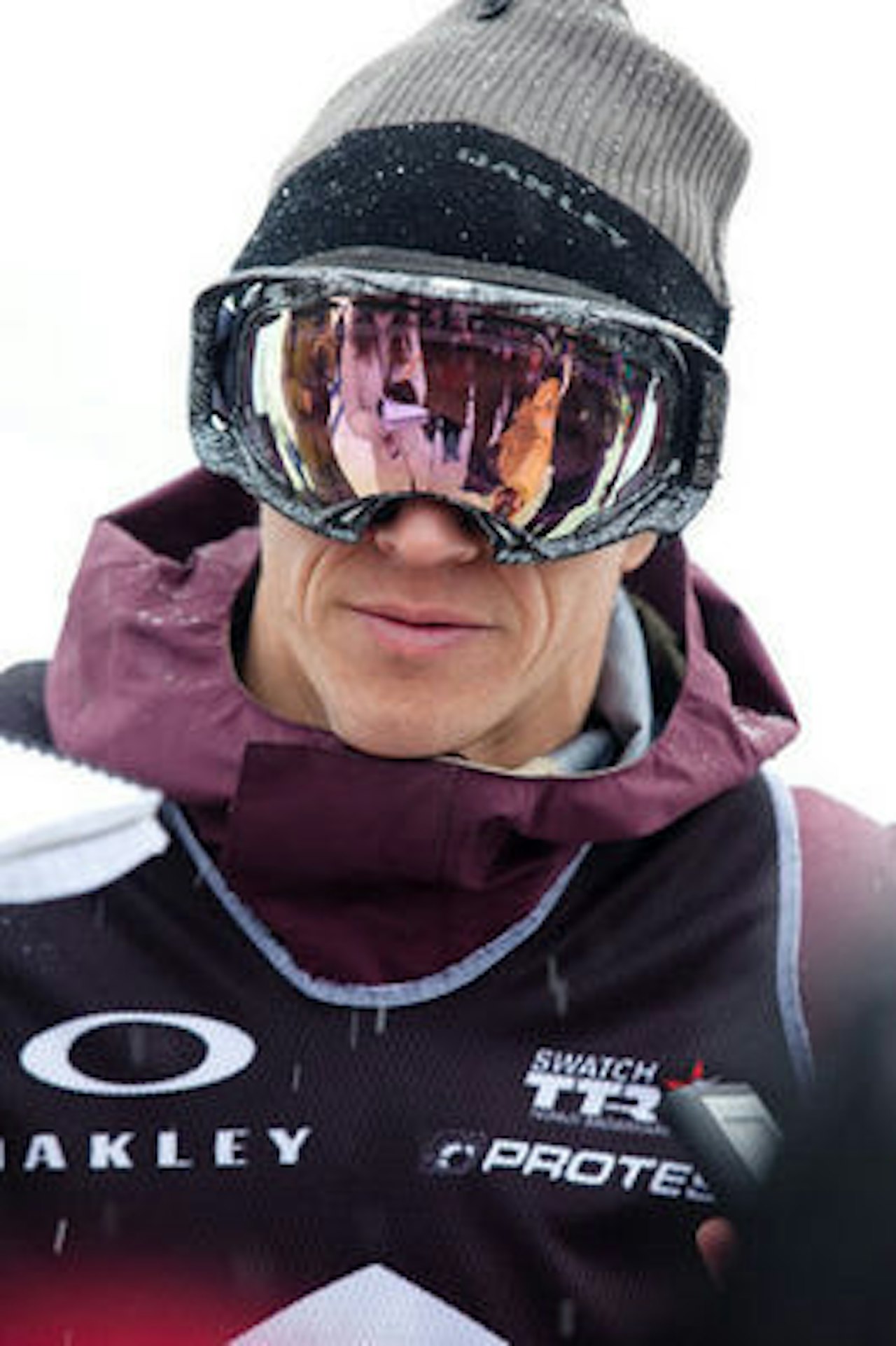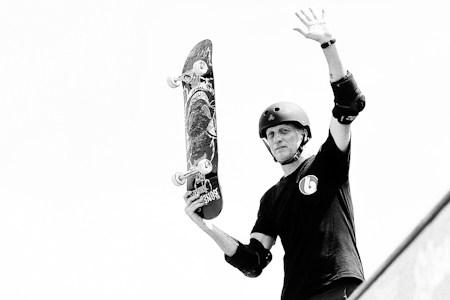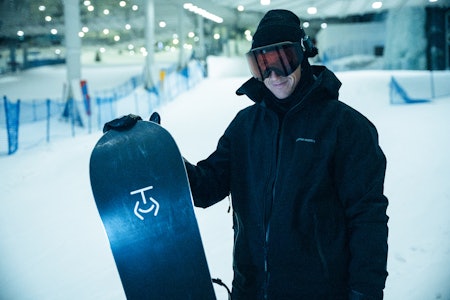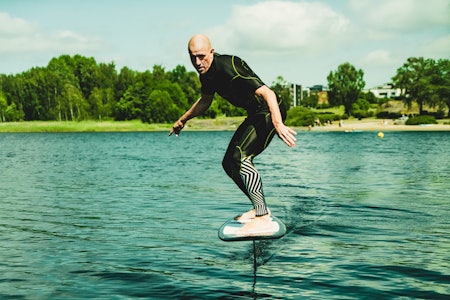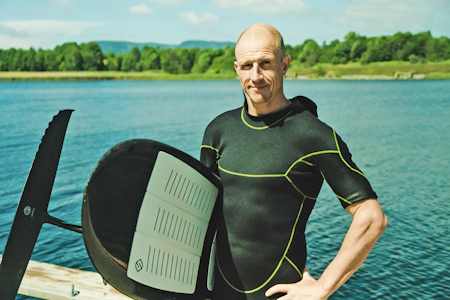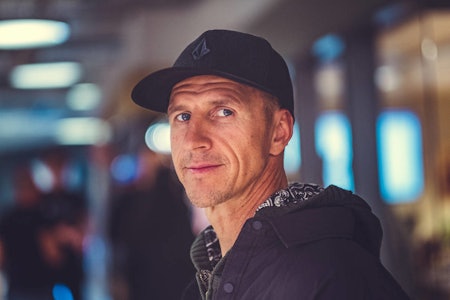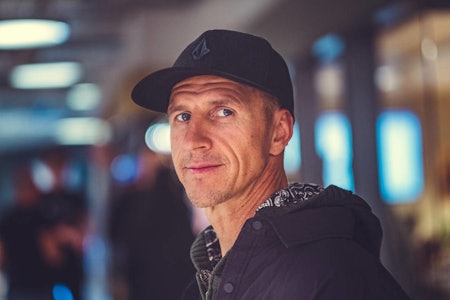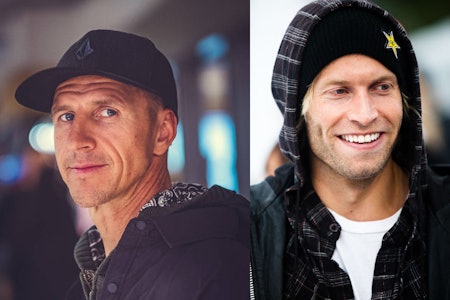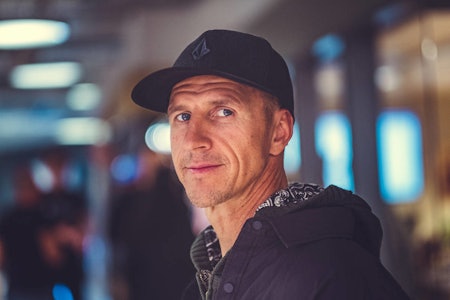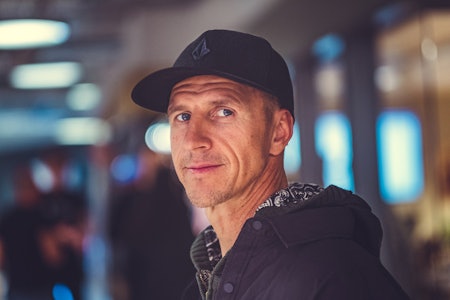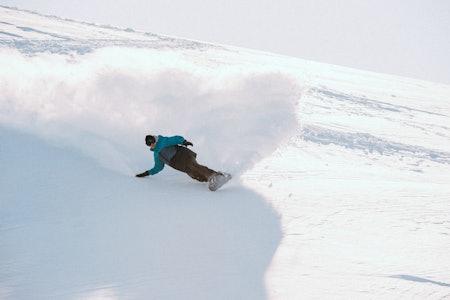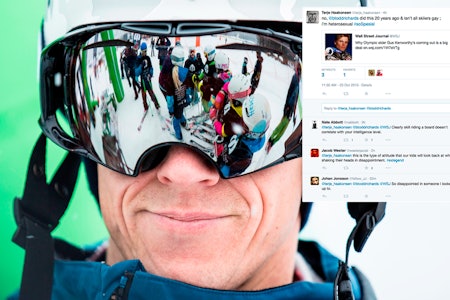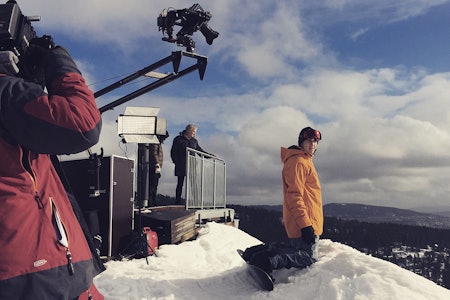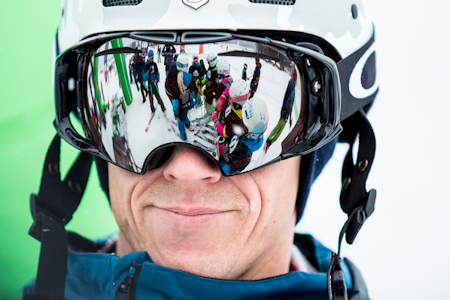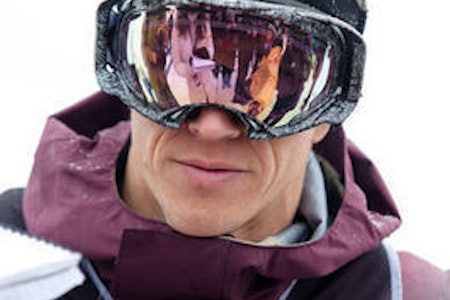Denne helgen arrangeres FIS-VM i Molina samtidig som de beste kjørerne i verden er opptatt med Dew Tour i Vermont. Daglig leder i TAC Henning Andersen har sammen med Terje Håkonsen forfattet et leserbrev til snowboardmedia der de belyser denne problematikken – som de spår mer av i fremtiden.
Med slopestyle på vei inn i OL er frykten at en egen FIS-kvalifisering i slopestyle i tillegg til den nåværende pipe-kvalifiseringen vil skape store utfordringer for konkurransesnowboard foran OL i 2014:
– Dette har vært dårlig før, men i 2013, når kjørere må kvalifisere seg både for pipe og slopestyle, har det potensiale til å bli et mareritt. Og dette er det fundamentale problemet med konkurransesnowboard: Det vil aldri nå sitt fulle potensial før den olympiske problemet er løst, skriver de blant annet.
I leserbrevet lanserer de en løsning med en felles olympisk ranking. Ikke utelukkende FIS eller TTR-konkurranser, men en felles liste basert på resultater fra de største og beste konkurransene i verden.
Les hele brevet skrevet på engelsk her:
Time for Olympic change!
Letter to the editor
As the Olympic slopestyle/snowboarding discussion is peaking, it is time to cast some light on this defining topic for the future of competitive snowboarding. This upcoming weekend, the ski federation FIS introduces slopestyle to their program, on the same weekend as the best slopestyle riders are competing in the Dew Tour. And the IOC is about to decide if they will include slopestyle in the next Olympic program or not. Some remarkable events have taken place in the last year. Let us recap:
After the extraordinary TV rating success of the Vancouver halfpipe contest, top cats from the IOC and NBC saw the potential in expanding the snowboarding program at the next Olympics. Seeing the golden boy Shaun White go double at the next winter Olympics (Sochi 2014) would be a ratings wet dream. In the fall of 2009, USA, Canada and New Zealand had prepared a proposition for the ski federation FIS’s annual congress in Turkey, June 2010. The idea was to prepare slopestyle for the 2018 Olympics by introducing it at the FIS Snowboarding World Championships, as the IOC requires two successful World Championships before considering new sports for future games.
By then, the FIS delegates were euphoric at the hysteria that followed the snowboarding events in Vancouver. They decided to speed up the process, bypassing the existing requirements, by submitting an application to the IOC immediately – before slopestyle had been tried out at a single FIS world championships. It is reasonable to imagine they felt confident that the IOC would react positively to this application.
The only problem was that IOC had a lot on their plate at their next meeting, in Acapulco in October. The most disturbing topic was women ski jumping; a nightmare for the Olympic movement. Women ski jumpers have been fighting for years to enter the Olympics, but have faced serious opposition both within FIS and the IOC. Many believe women ski jumping (including members of the sports media) does not have enough participants, is low on quality and does not have the necessary international reach as a sport to be a credible Olympic event. Women ski jumpers had sued the IOC before the Vancouver Olympics for discrimination, but were ruled against by the Canadian legal system.
Allowing snowboard slopestyle (as well as twintip ski halfpipe and slopestyle) before solving the women ski jumping issue probably made the choice impossible for IOC. Rather than accepting some applications from some sports and denying others, they made one statement for all: We will wait and see the quality of the sports at the upcoming world championships. FIS has several world championships coming up this season, among them the Nordic Ski World Championships in Oslo, the Snowboard World Championships in La Molina, Spain and the Freestyle World Championships in Deer Valley and Park City.
The only problem about this from a snowboarding perspective is that neither Molina nor Deer Valley/Park City had planned for a slopestyle! Even worse, Deer Valley actively bans snowboarding on a general basis and they do not have a terrain park. In Norway, where the snowboard federation is independent of FIS, and are part owners of the TTR/WSF World Snowboarding Championships in 2012, this whole situation culminated in a public debate. IOC executive board member Gerhard Heiberg admitted that IOC wanted to check out more than just FIS events when deciding upon the quality of slopestyle. As FIS did not have slopestyle on their Olympic program, this opened up for a new scenario in the debate: if the IOC could look at non-FIS events, could they also approve these events as qualifiers for the Olympics?
Everyone working with top level snowboarding contest knows how much the date conflicts in Olympic qualifying years is hurting the sport. This has been bad before, but in 2013, when riders are qualifying for both halfpipe and slopestyle, it has the potential to be a nightmare. And this is the fundamental problem of competitive snowboarding: it will never reap its full potential before the Olympic issue is solved. Snowboarding is not a 4 year cycle event. It is a daily operation where progress is happening in all corners of the world – summer, winter, spring and fall. At the moment, the Olympic halfpipe finals is only good for the podium winners, the IOC and the broadcasters. It does not help the sport as a whole.
The potential for date conflict is the most apparent problem. This was cruelly exposed when FIS all of a sudden decided to include slopestyle on the program at the La Molina Snowboarding World Championships – a mere two months before the event! This was obviously a move to impress the IOC before the slopestyle decision was made, but it was not a good move for the sport: the slopestyle contest in Molina happens on exactly the same dates as the Dew Tour stop in Killington. All Dew Tour riders, being the best slopestyle riders in the world, have been already committed to these events, meaning the FIS World Champion in slopestyle (and in halfpipe for that matter) will be crowned without the best riders attending.
Competitive snowboarding has fantastic potential. Right now, judging formats, slope design, prize money, TV production/distribution and rider services are progressing fast in TTR, X Games and Dew Tour events. These are the best events in the world. But they are outside the Olympic family. As the organizers as the biggest winter sports event in the world, we believe that the IOC holds a corporate responsibility for ensuring a workable solution for the sport. This will not only realise the potential of the sport, but also fast-track the quality of snowboarding contests at the Olympics. All of us, including event organizers, FIS, IOC and federations, should find a solution for the better good of the sport. Otherwise, the riders will be the main losers. They will be forced into making impossible choices between conflicting events in 2013 – on any given weekend throughout the season.
We believe a good solution could be a common Olympic ranking, not sanctioned by FIS or TTR, but a joint ranking list based on results from the best events in the world. By embracing this, the IOC would take a credible position for the youth of the world and take charge in the ongoing action sports revolution. We are willing to talk to find a good solution for the sport. But we are also willing to keep fighting for snowboarding like we have done for over a decade. The Olympic system for snowboarding is wrong; preserving the status quo is not an option.
Terje Haakonsen
Henning Andersen
Owner and organiser of The Arctic Challenge
